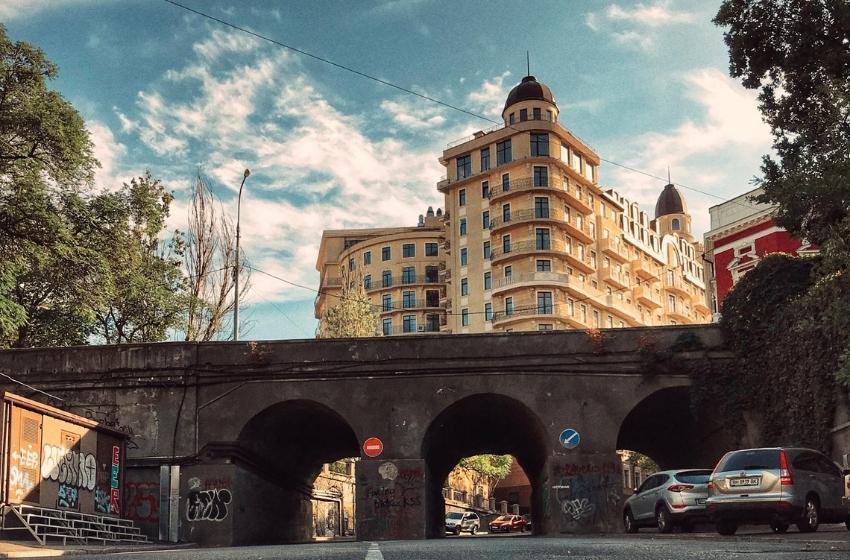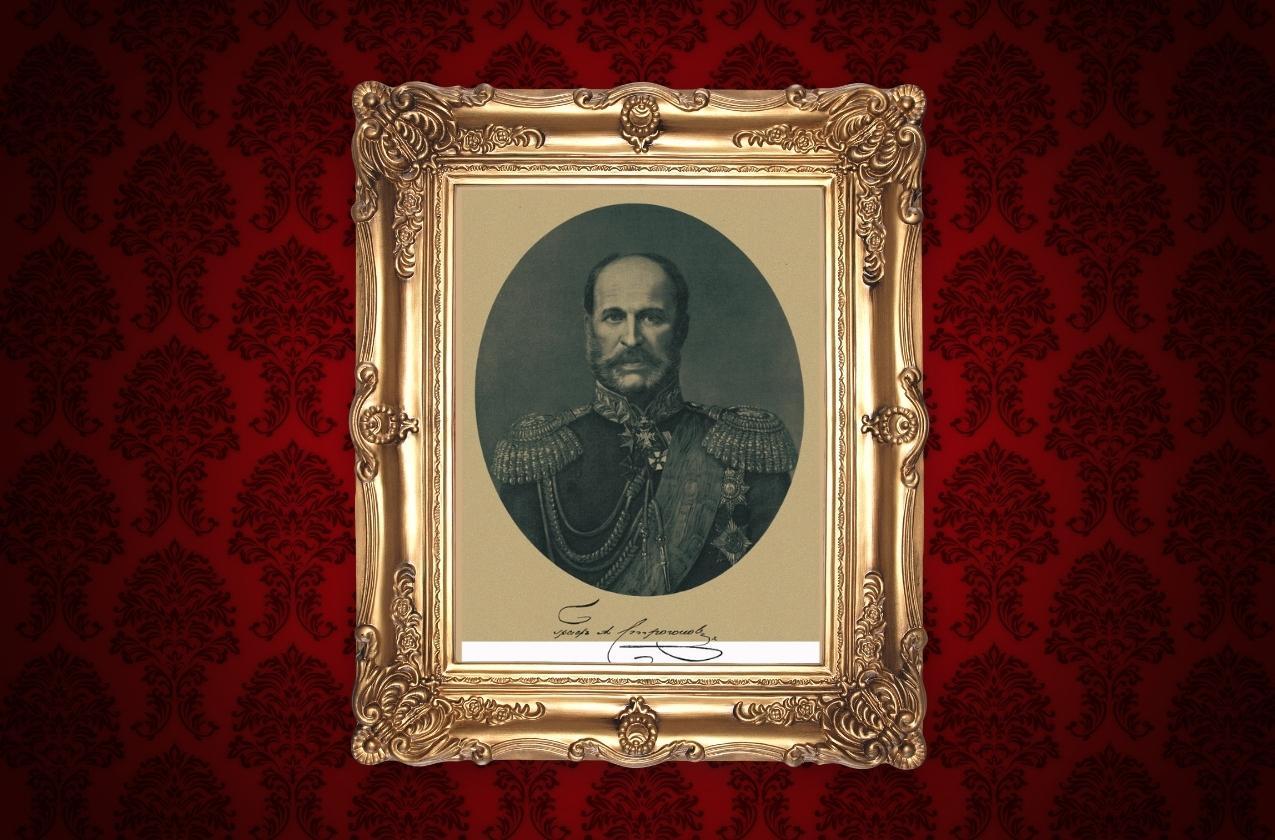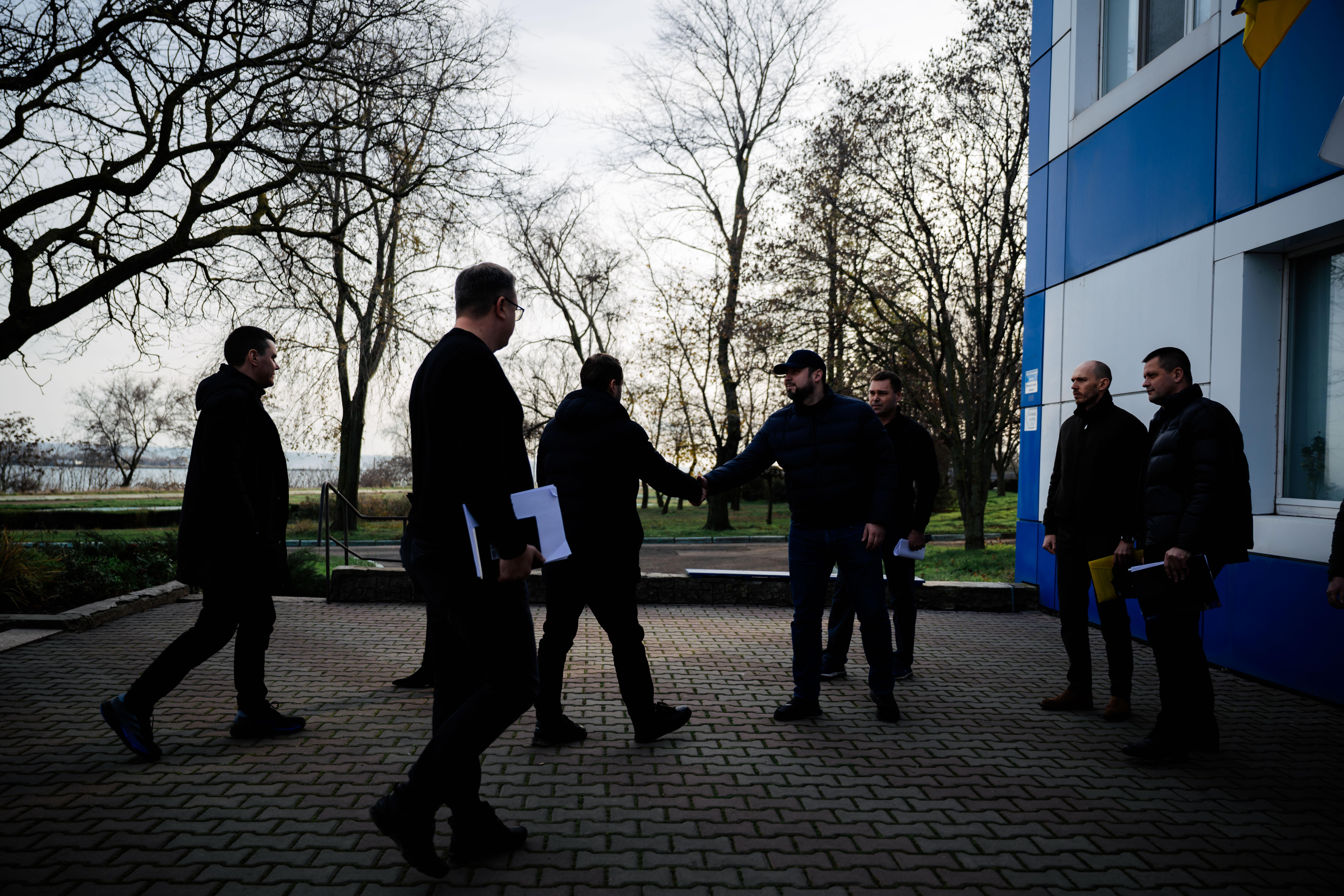The Sabaneev Bridge was the third stone bridge in Odessa in terms of the construction chronology and is now the most famous of such structures in the old part of the city.
Main photo: by Lotsia
We sometimes get so used to the well-knows names that we often don’t even think about how unusual a name such as “Sabaneev Bridge Street†sounds. But in fact a small street in the center of Odessa, on which several historical buildings “managed†to be located at once, is both a street and a bridge.
Odessa is not the most flat city, and initially there were steep slopes in this area leading to the sea. In order to simplify the task for pedestrians, bridges were constructed over the formed beams. Sometimes their names coincided with the name of the street they connected with.
At the beginning of the 19th century, the territory of Odessa was cut through by two deep ravines (beams), which were very inconvenient to cross. The ravines were named "Quarantine Beam" and "Military Beam". The latter, crossing the flat surface of the city right in its center, was an obstacle to the free movement of citizens between the Southern (Military) and Northern (Greek) suburbs of the city. In the Southern Forstadt, in the seaside part of it (Primorsky Boulevard), there were "offices" - institutions of the city administration and places of residence of officials of different ranks.

In 1833, the architect Francesco Carlo Boffo reported on the creation of a stone bridge over a military beam. At the same time, Count Mikhail Vorontsov suggested name he bridge "Sabaneev" in honour of General Ivan Sabaneev, who was known not only for succesful campaigns, but also as the first bibliophile of Odessa. He was an educated and sociable aristocrat who was a friend of Pushkin (by the way, it was he who suggested to the poet the plot of the story "Snowstorm"). From 1816 he lived in Odessa, owning a house at 10 Nadezhdinskaya (now - Gogol street). He owned an extensive collection of books, a significant part of which he donated to the opened public library.
It took a long time to build the bridge, with great technical difficulties. Therefore, various architects were engaged in construction (in particular, Giorgio Toricelli) and, perhaps, that is why there are many contradictory information about it. Obviously, from 1828 to 1836, the bridge was rebuilt to the ground. Since 1831, the military engineer A. N. Kazarinov was engaged in the construction of the bridge according to the project of the military engineer John Upton, the one who built the Potemkin Stairs in 1837. It is important that he was a remarkable bridge engineer - even the Potemkin Stairs was saved by him from destruction by the fact that a vaulted structure was laid at its base: in fact, Potemkin Stairs are an inclined bridge.

The Sabaneev Bridge was opened in 1831, but the mobility of the slopes of the Military Beam led to cracks in the base of the bridge. The situation was corrected by the military engineer A.N. Kazarinov and the architect G.I. Toricelli. In 1833, on the right side of the bridge, a descent from Ekaterininskaya Square to the Military Beam was arranged. The end of the work is considered to be 1836.
The Sabaneev Bridge has its own magic number - "two". It was opened twice, renamed twice.

After its opening, cracks began to appear. It had to be reconstructed, after which it was reopened. Almost throughout the entire 19th century, the Sabaneev Bridge was rebuilt and strengthened several times. Its rapid deterioration was facilitated not only by intensive exploitation, but also by difficult landscape conditions, as well as landslide hazard of the slopes of the Military Beam, which were connected by the bridge.
In Soviet times, the bridge was renamed twice: in honour of Karl Marx and simply "North", but the names somehow did not take root. It remained Sabaneev, later giving the name and the street along which it passes.
The sharp bends of the narrow road and the low dark spans of the bridge itself created the necessary "anxious mood", so, apparently, many revolutionary scenes in Soviet cinema were filmed under our bridge.
It should be noted that the Sabaneev Bridge area is one of the most picturesque places in the city. The bridge blended well with the urban landscape, in harmony with the houses stretching along its sides, wrought-iron fences and a view of Catherine Square. The bridge offers a beautiful view of the port. The bridge is actively exploited to this day.






















